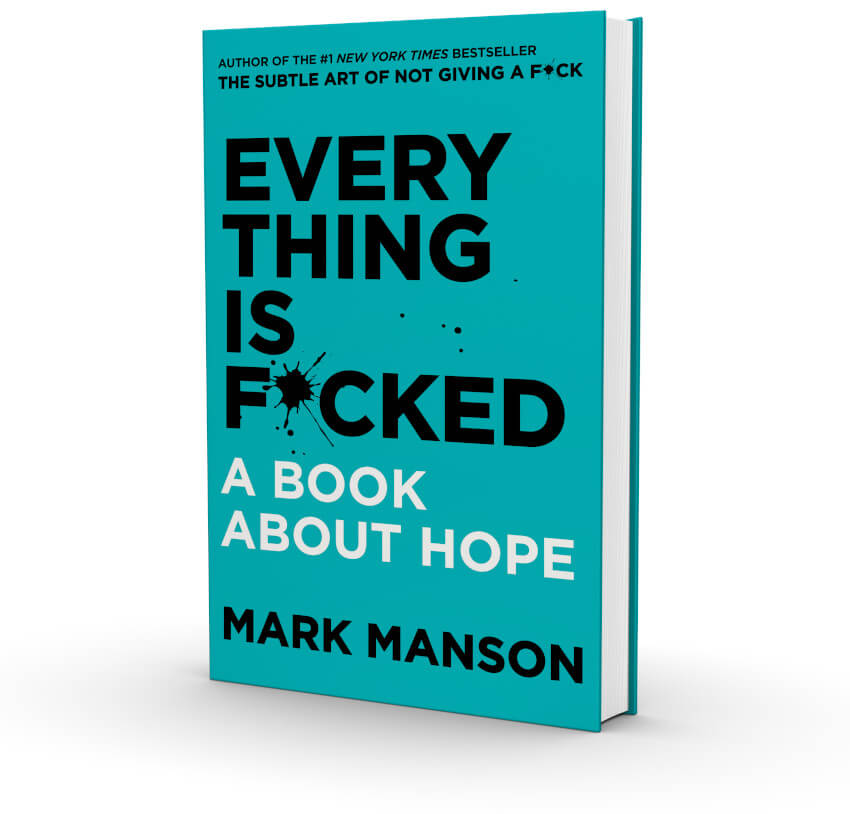As it stands, both Astrea IV and Astrea V bonds present an interesting proposition to any REIT or equity investor. As we are no longer anticipating a rise in interest rates, bond investors have a decent chance of making some money from coupons as well as lowering of interest rates. This plays well into the possibility of entering a recession as the trade war worsens.
In my analysis, what is interesting is that I assumed that both bonds will be called after 5 years and investors will be getting a 0.5% bonus with their principle when this happens.
If you perform this analysis, based on Friday's closing price of $1.065 for Astrea IV and $1.035 for Astrea V, you will derive a yield to maturity of around 3.83% for Astrea IV and 4.06% for Astrea V. Not too shabby for investing in bonds and at least two points on the P.E bond yield curve that shows an upwards slope.
If you read between the lines, it may be theoretically possible to leverage Astrea bonds but you need to find a cheap source of funding, I would not do it if interest rates exceed 3% and I would like to keep my multiplier low ( somewhere within 3 ).
The missing analysis comes from interest rate risk. Singaporean retail investors are unfamiliar with bond mathematics.
Bonds can shift in prices drastically when interest rates change and modelling this with backtests is highly dangerous.
I did some googling and vaguely recall that one of the proper ways to model interest rate risk changes employs the Vasicek model. This means that interest rates have a random walk component but it also reverts to the mean. As I have no idea what the mean is, I visually inspected SIBOR during its rise and observe about a 0.5% increase every year for 3 years so that might form a good worse case scenario.
For the Astrea Bonds, sensitivity to interest rates is calculated using this thing called the MacCaulay duration. You can google that, but using a risk free rate of 2.5%, I calculate the duration for Astrea IV to be around 3.94 and Astrea V to be around 4.99 if we assume a call within 5 years and bonus payout after that.
We can conclude several things from this quick exercise :
- Astrea IV bonds provide lower returns and is less sensitive to a drop in interest rates. Bet on Astrea IV if you see interest rates staying the same or rising further if the trade war abruptly ends.
- Astrea V bonds in spite of lower yields, provide a higher returns when called and can experience a bigger upside if you believe that interest rates will fall. So the issuance of Astrea V is not so much to take advantage of investors but to present a product with a different behaviour.
The problem of Astrea V is the higher duration of 4.99. This means that the bond prices will vary by 4.99% for each 1% rise in interest rates. Suppose we take a worse case scenario where interest rates go up by 0.5% every year for 4 years resulting in a 2% increase in SIBOR, these bonds are expected to lose 10% of its value. Not a bad way to stabilise an unleveraged portfolio of equities.
Do note that with Astrea bonds, things always get complicated because if interest rates gets too high, the call will not take take place and your duration will increase further to around 7-8, so your downside might even be worse.
So imagine you are one of those guys who attempt to leverage Astrea V bonds to get additional coupons. You may well be facing a margin call even if a default does not occur.
Rising interest rates can destroy you.
There is no free lunch in the world of bond leverage.




